Physical therapists use their expertise in anatomy and physiology, biomechanics, and other aspects of the health sciences to help individuals who are recovering from an illness, injury, or other physical limitations. Physical therapists help their patients to build their physical ability and mobility, and in doing so, improve their quality of life.
To become a physical therapist, you will have to earn a bachelor’s degree and a physical therapy doctorate. While it typically takes about seven years to complete both degrees, an accelerated physical therapy program makes it possible to complete a bachelor’s and DPT in just six years.
If you know you want to become a physical therapist and are interested in an accelerated physical therapy program, this blog post will tell you more about the physical therapy curriculum, and factors you may want to consider when deciding between a traditional or accelerated program.
Differences Between Traditional and Direct Entry Physical Therapy Programs
A traditional academic program to become a physical therapist is sometimes prefixed with “4 + 3” to symbolize four years to earn a bachelor’s degree and three additional years to earn a DPT.
Meanwhile, accelerated direct entry programs to become a physical therapist are sometimes prefixed with “3 + 3.” This is because students in accelerated DPT programs often begin their DPT coursework the summer after their junior — or third — year of college. As long as they maintain certain academic standards, their first year of graduate work counts as credit toward their bachelor’s degree and credit toward their DPT.
So, the main difference between traditional and accelerated programs to become a physical therapist is the time it takes to complete the academic program — seven years for a traditional bachelor’s plus DPT, or six years for an accelerated bachelor’s plus DPT.
Our blog post titled The Benefits of Accelerated Physical Therapy Programs goes into detail about other advantages of an accelerated DPT program.
Accelerated Physical Therapy Program Curriculum
The graduate courses that you will need to take to earn a Doctor of Physical Therapy degree will be the same whether you attend a traditional or accelerated program.
Traditional and accelerated physical therapy program curriculums include didactic or “lecture” style academic classes, hands-on labs, and clinical education experiences with real patients under the supervision of licensed physical therapists.
Core Courses
Core courses in physical therapy curriculums are focused on human anatomy and physiology — with specific emphasis on the neuromuscular, musculoskeletal, cardiovascular, pulmonary, and integumentary systems — as well as biology, biomechanics, clinical research, and professional practice.
Clinical Experience
Traditional and accelerated physical therapy program curriculums include clinical experiences.
During clinical experiences, DPT students work with patients under the supervision of licensed physical therapists in a variety of settings, which may include hospitals, schools, skilled nursing facilities, and/or private practices.
There are slight differences in the structure, variety, and length of clinical experiences at different colleges but in general, the expectations are the same for students in traditional and accelerated physical therapy programs.
For example, all DPT students at Russell Sage College complete one eight-week and two 12-week clinical experiences. DPT students assume increasing responsibility at each placement and by the third clinical experience, will have responsibilities identical to those of an entry-level physical therapist.
Russell Sage College based the clinical experience aspect of its physical therapy curriculum on employer feedback and offers DPT candidates access to more than 365 diverse settings for their clinical education experiences.
Specialization Options
The American Board of Physical Therapy Specialties offers board certification in specific practice areas, including:
- Cardiovascular and Pulmonary
- Clinical Electrophysiology
- Geriatrics
- Neurology
- Oncology
- Orthopedics
- Pediatrics
- Sports
- Women’s Health
- Wound Management
The requirements and process of becoming board certified varies by practice area and does not begin until you are a licensed physical therapist with qualifying professional experiences.
That means that traditional and accelerated physical therapy curriculums that emphasize a “generalist” experience will give you flexibility as you prepare for the National Physical Therapy Examination (NPTE) licensing exam and begin your career.
Research and Evidence-Based Practice
Physical therapists have to know how to apply evidence-based research in their work with patients, and may follow a career path that includes conducting research.
That’s why most traditional and accelerated physical therapy program curriculums include a research component.
At Russell Sage College, the physical therapy curriculum includes a four-course research sequence. Initial courses introduce you to clinical research methods and designs, evaluating scientific literature, evidence-based practice tools, and analyzing diagnostic tests. The research sequence culminates in a capstone project.
Conducting research is a great achievement to highlight on your resume, especially if you have an opportunity to present at conferences — as Russell Sage College physical therapy students often do.
Licensing Preparation
Once you earn a bachelor’s degree and Doctor of Physical Therapy degree, you will be eligible to take the National Physical Therapy Examination. The exam is administered by the Federation of State Boards of Physical Therapy and you must pass it to be licensed to practice as a physical therapist.
Both traditional and accelerated physical therapy program curriculums will prepare you for the National Physical Therapy Examination.
That said, some colleges have cultures that prioritize supporting students from their first day in class all the way through professional exams and as they start their careers.
For example, you might prefer a physical therapy program at a smaller school with deep health sciences expertise like Russell Sage College in New York’s Capital Region. The college’s emphasis on student support and its tight-knit community makes it easy to get extra help when you need it.
About Russell Sage’s Accelerated Physical Therapy Program
Russell Sage College’s accelerated physical therapy curriculum is the culmination of the college’s 75-plus years of experience in physical therapy education.
Exceptionally prepared first-year or transfer students who are accepted into Russell Sage’s accelerated PT program complete a B.S Biology, B.S. in Health Sciences, or B.S. in Psychology and a Doctor of Physical Therapy degree in six years instead of seven.
Russell Sage is well-known throughout New York for its health sciences programs, and 100% of DPT graduates secure a job within a year of graduating.
Reach out to an admission counselor to learn more about Russell Sage College’s accelerated physical therapy curriculum and decide if it is a good fit for you.

